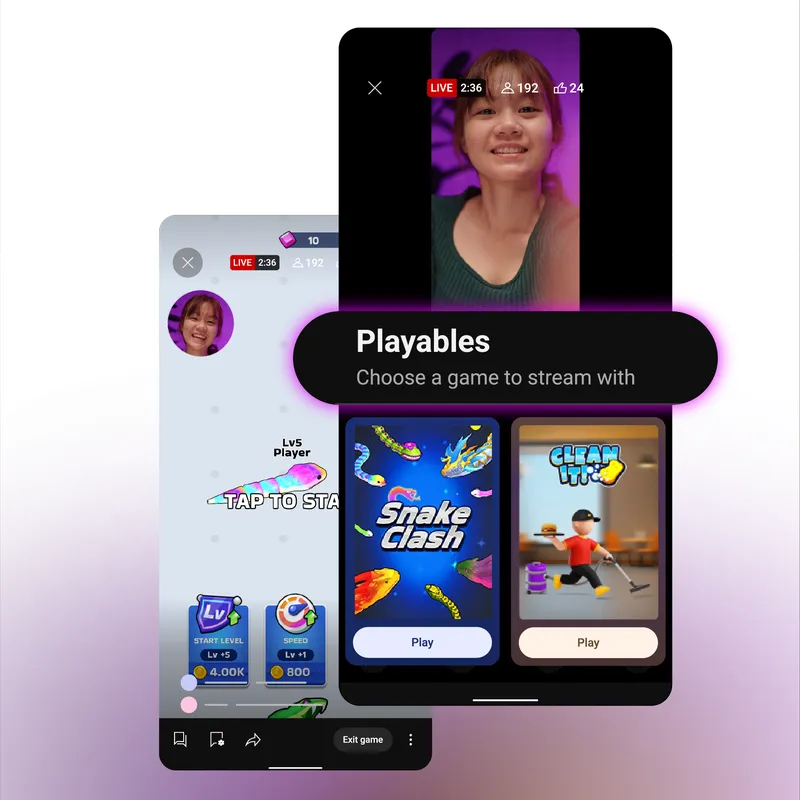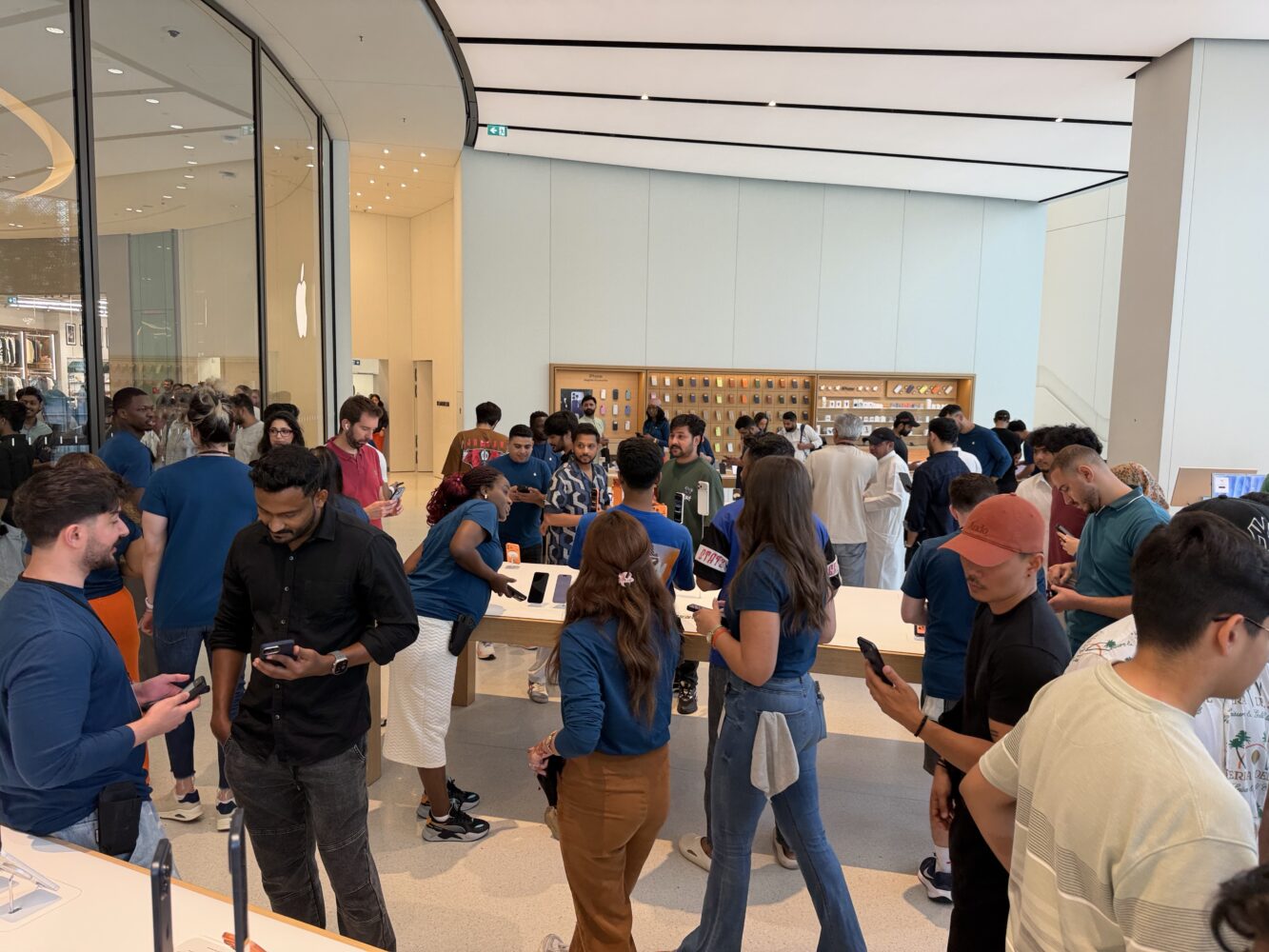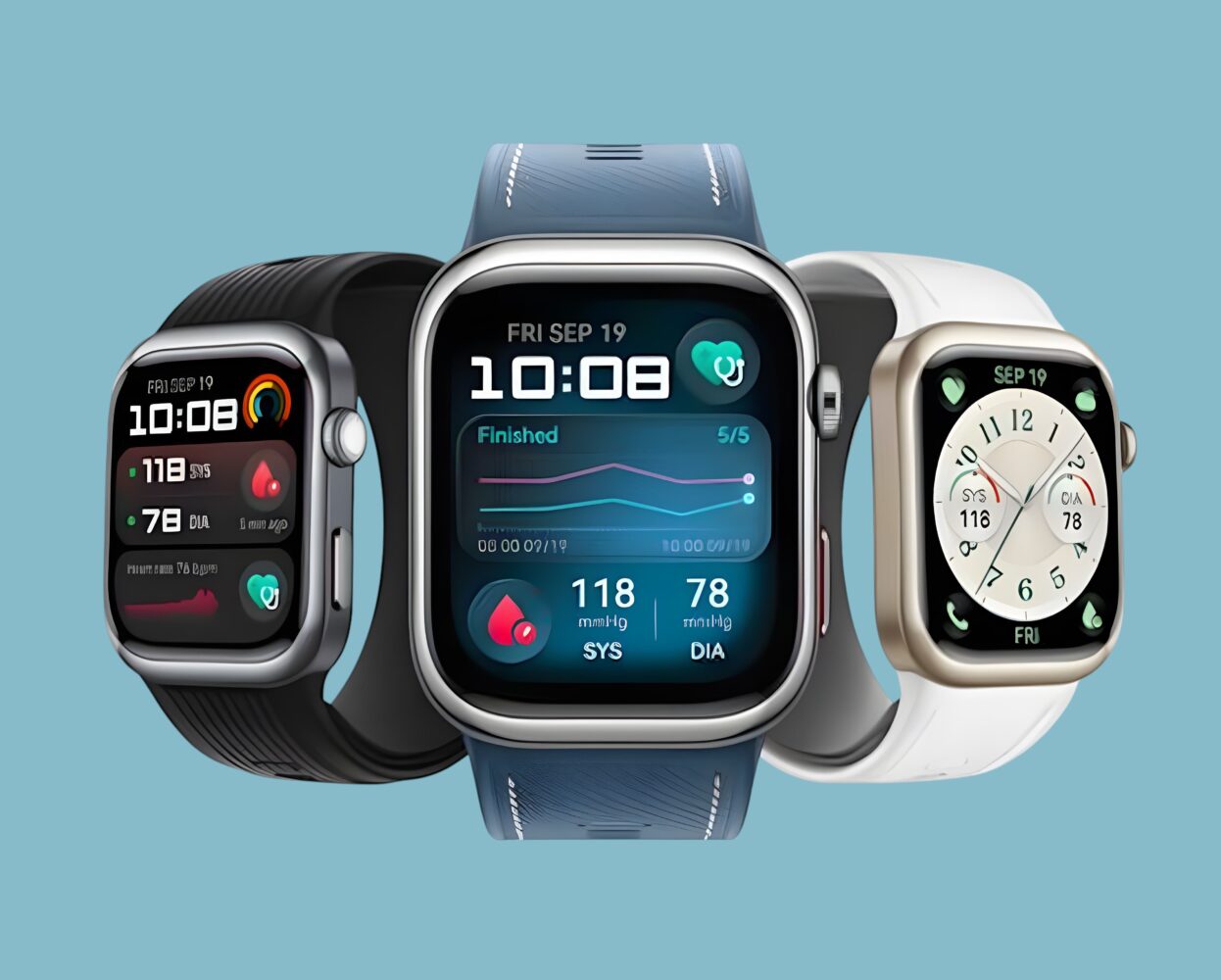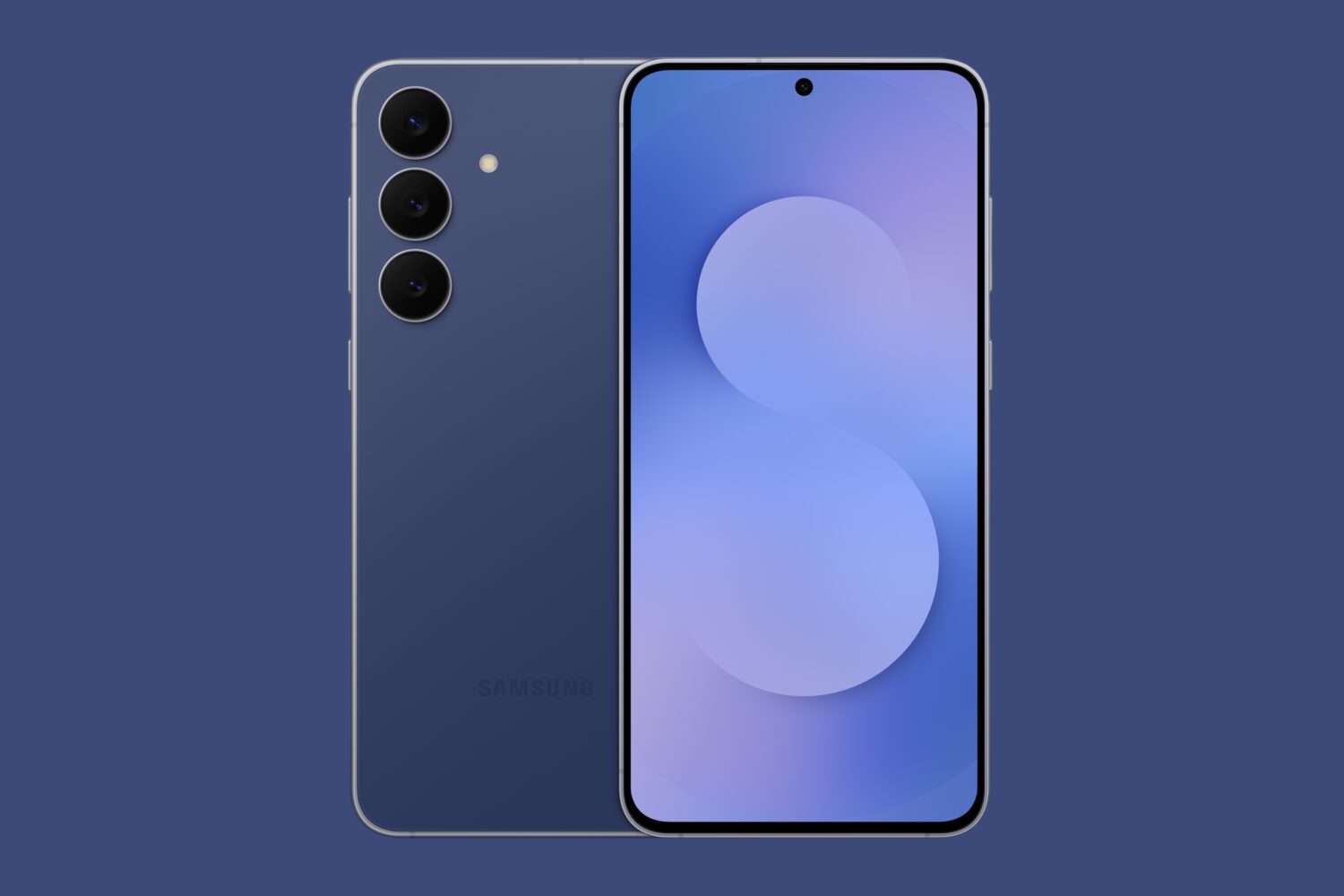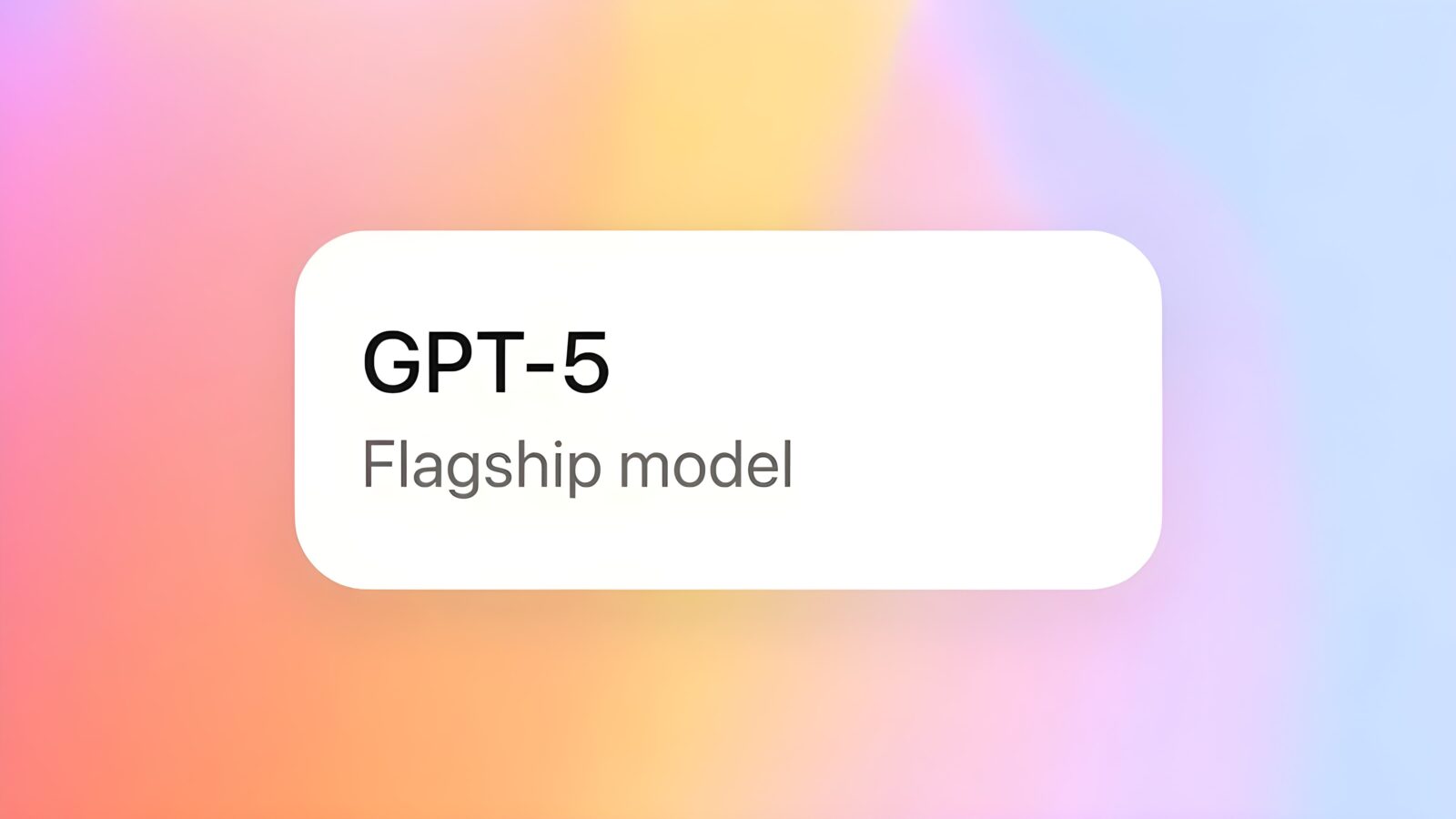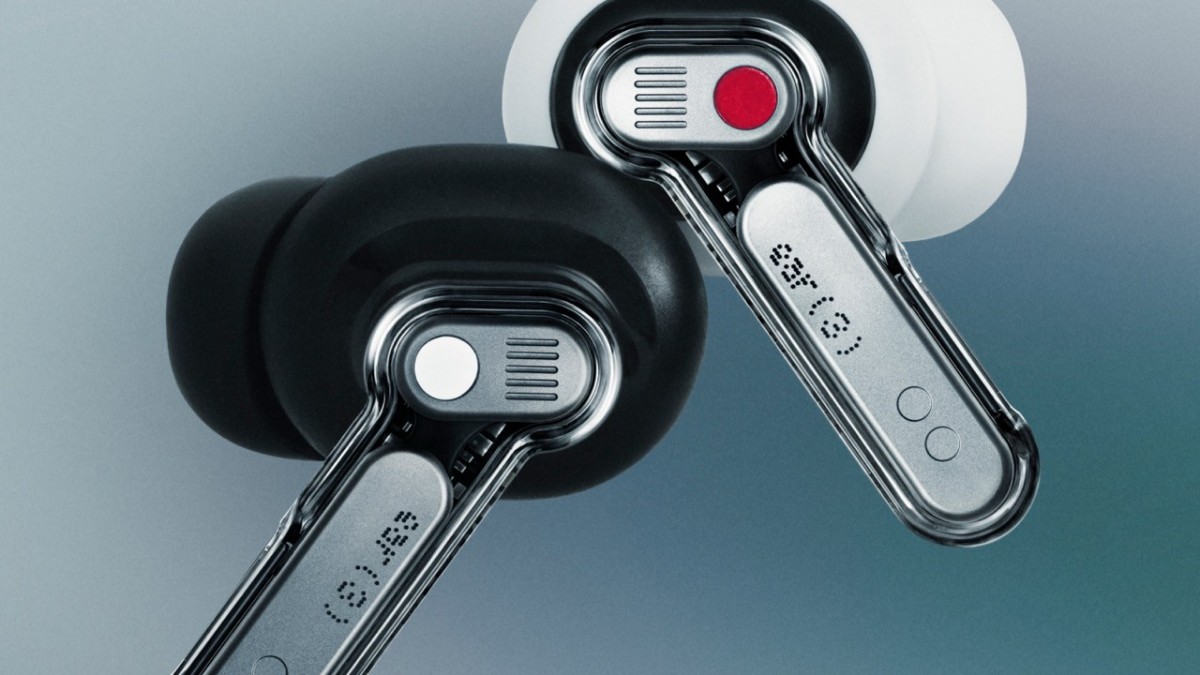YouTube marked its 20th anniversary at the Made on YouTube 2025 event with a sweeping set of announcements focused on AI-powered creation, expanded monetization, and new ways for creators to connect with audiences. Held under the theme The Next 20, the showcase emphasized YouTube’s evolution from a video-sharing platform into a multi-layered ecosystem supporting creators, artists, and brands worldwide.
Since its founding in 2005, YouTube has become a cornerstone of digital culture, reshaping how people consume entertainment and how individuals can build careers online. Neal Mohan, YouTube’s CEO, highlighted that the platform has paid more than $100 billion to creators, artists, and media companies in just the past four years. He framed the next phase as a creator-driven future where AI plays a supporting role rather than a controlling one: “No studio, network, tech company, or AI tool will own the future of entertainment. That power belongs to creators.”
AI as a creative accelerator
At the event, YouTube showcased a range of AI-powered tools designed to simplify and enhance content creation, especially for Shorts, which now attracts over 70 billion daily views. Google DeepMind’s Veo 3 Fast is being integrated into Shorts, allowing creators to instantly generate backdrops, restyle clips, and add props or motion to videos. Other tools such as Edit with AI can automatically assemble a rough cut from raw footage, while Speech to Song turns dialogue into musical soundtracks for more playful content. These tools will roll out globally in 2026, beginning with creators in the YouTube Partner Program.
The broader goal is to lower the technical barriers of video production. YouTube says these features will help emerging creators experiment faster while giving established channels more ways to scale their output. Importantly, the tools are free, in contrast to third-party apps that often charge for similar services.
New capabilities in YouTube Studio
YouTube Studio is also receiving its most significant overhaul in years. The update transforms it into a creative partner rather than just a dashboard. Key additions include:
- Ask Studio, a conversational AI tool that analyzes a creator’s channel and suggests tailored strategies for growth.
- A/B testing for titles, giving creators a data-driven way to optimize video reach.
- Expanded dubbing and localization tools, helping channels reach multilingual audiences.
- Inspiration Tab upgrades, surfacing more personalized content ideas based on trending topics and viewer data.
A major highlight is the likeness detection tool, which allows creators to track videos that use AI-generated versions of their faces. Rolling out in beta to YouTube Partner Program members, it addresses rising concerns over deepfakes and unauthorized AI usage.
Formats: live, podcasts, and beyond
YouTube reported that over 30% of logged-in users watched live content daily in Q2 2025, underlining live streaming’s growing importance. In response, the platform is rolling out its largest upgrade to live features yet, including new monetization tools, interactive fan engagement options, and expanded ways to reach non-subscribed viewers.
For podcasts, YouTube is doubling down on video as the medium’s next frontier. New features will let podcasters automatically generate Shorts and highlight clips from full episodes. For creators without the resources to produce video, AI tools like Veo can now turn audio files into customizable video experiences, helping podcasts compete in a video-first culture.
Music, fandom, and monetization
Music remains central to YouTube’s ecosystem, and new features are designed to strengthen the relationship between artists and fans. On YouTube Music, users will soon be able to pre-save upcoming releases and take part in countdowns. Across the main platform, artists can offer top fans exclusive perks like behind-the-scenes clips, thank-you videos, and limited-edition merchandise.
Monetization opportunities are also expanding. YouTube announced new brand partnership tools, including the ability to embed direct links in Shorts for sponsored content. Shopping integrations are growing into more markets, with AI helping creators tag products more accurately in their videos. This is expected to make commerce on YouTube more seamless, especially for lifestyle and review channels.
The bigger picture
Taken together, the announcements signal YouTube’s strategy for the next 20 years: lean heavily into AI, but in ways that enhance creator control rather than replace it; expand formats to keep pace with evolving audience habits; and strengthen monetization so creators can sustain careers. The company’s focus on tools like likeness detection also shows an awareness of the ethical challenges posed by generative AI.
The 2025 event underscored YouTube’s position not just as a platform for video hosting, but as an end-to-end creative, business, and cultural hub. As Johanna Voolich, Chief Product Officer, put it, YouTube’s mission now is to “power the future of entertainment together”—with creators at the center of that vision.
Check out all the details here.

